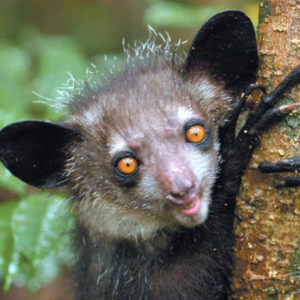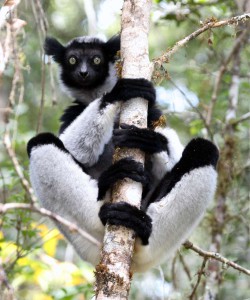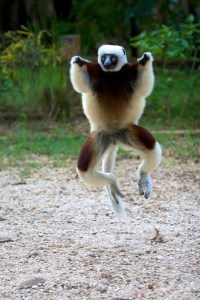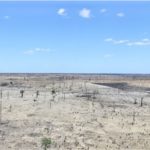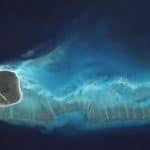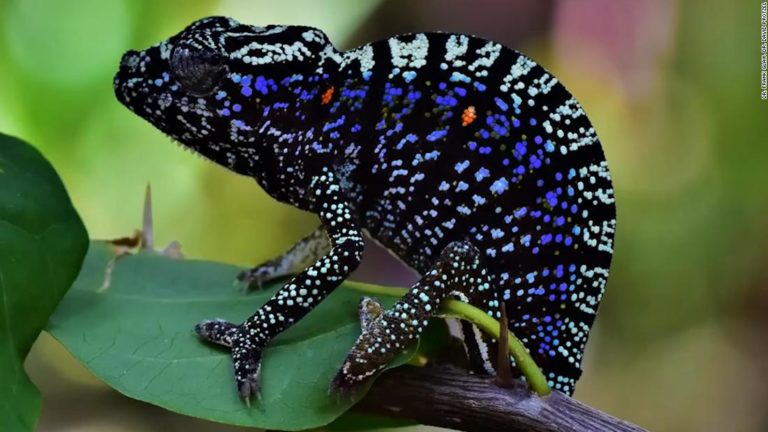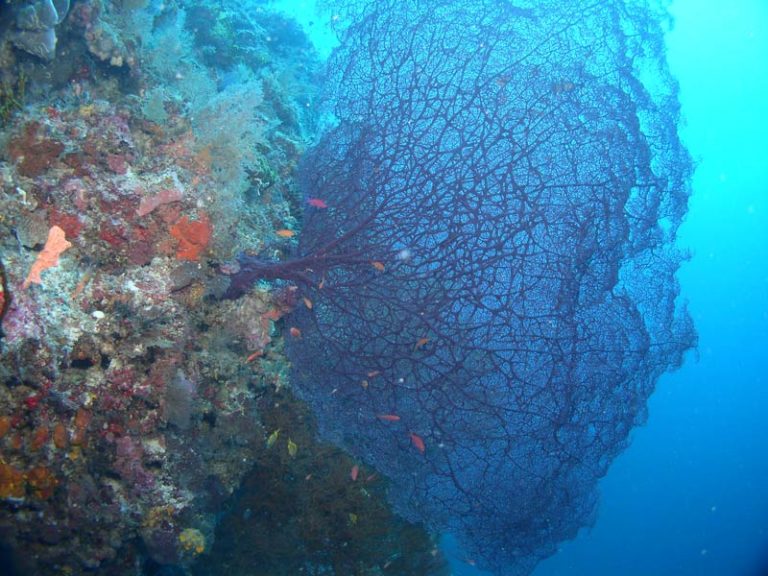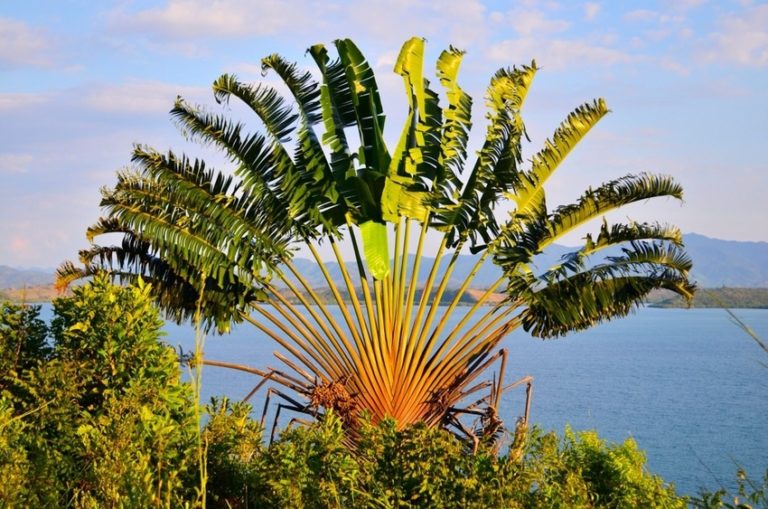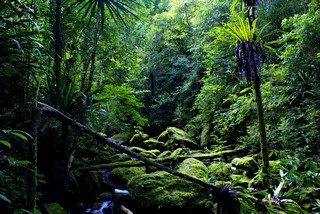Experience Madagascar's biodiversity up close.
Sifakas, Indri-Indri, Catta, Aye-Aye, Microcebus and many more
In ancient Rome, "lemur" referred to a night spirit. Today, on the other hand, "lemur" is the common collective name for the Wet-nosed or semi-monkeysas they are zoologically correctly called. Lemur species were once represented on all continents, but were evolutionarily separated from others, higher monkeys displaced. It is often assumed that the species could not assert itself due to a lack of adaptability to changing environmental and living conditions. The penetration of large lemur species into some Malagasy inner cities, however, proves the opposite: where they are left alone, lemurs are able to open up new and different habitats for themselves!
Madagascar's biodiversity
Also with regard to the droll lemurs, the special biodiversity that the island has brought to light over millions of years is evident. In total 75 species of prosimians live on the island today. Most species live, as well as certain species of Chameleons, only in very small areas of the island. Exceptions to this are the ring-tailed calicos (Lemur Catta), the Sifakas (Propithecus) as well as the brown lemurs (Eulemur), which can be found all over the island. Also the Finger animal (Daubentonia madagascariensis) is probably more widespread than previously thought. Unfortunately, due to their nocturnal lifestyle, the animals are rarely observed. An encounter with the always a little astonished looking "Aye-Aye", as the fingered animal is also called by the locals, is therefore considered a distinct stroke of luck. However, in places where visitors are respectful of nature, some species of lemurs have lost their shyness towards humans. In some national parks and private reserves, it is therefore easy to see a lemur. quirky sifaka or a brown lemurs attract by means of sweet fruit. However, caution is also required: On the "bathing island Nosy Be or in the Isalo National Park the animals have a considerable skill in the presence of unsuspecting tourists. organized, joint theft developed. The brown boys even penetrate tents and bungalows to find food.
In most cases, however, the lemurs keep a distinguished distance from humans and at best allow them to approach. Stubborn as lemurs are, they rarely take cameras into consideration. To get a snapshot of a lemur can thus be called great luck.
The dance of the sifakas
The Sifakas, next to the Indris the largest lemur speciesThe sifakas are especially captivating because of their beautiful, dense fur, their dexterity when moving in the branches - and because of their impressive way of moving on level ground: The sifaka moves there in acrobatic forward and sideways jumps. Erect, standing on their hind legs, the sifakas seem to dance rather than walk, which is why they are called sifakas. dancing lemur has brought. Among the most impressive of all lemurs are without doubt the last representatives of the family of giant lemurs, the legendary and particularly large "Indri-Indris". These gentle animals with a live weight of up to 14 kilograms, the missing tail and the black and white fur are at first glance rather small bears similar. They usually appear in groups and communicate over many kilometers by their famous, piercing, melodic singing cries. If you want to observe lemurs in the wild, you should show a certain agility in the often little-traveled terrain - often it is necessary to follow the animals quickly through the undergrowth, if one of the guides has spotted a group of lemurs in the forest. At Andasibe National Park as well as in the Zahamena National Park the last population remnants of the lemur species called "Babakoto", which once spread as far as Antananarivo, can be found. Especially in the former it is easy to get close to the animals, sometimes they even come right up to the hotel complex and can be observed from the bungalow! To get close to the droll lemurs, especially the following areas are suitable Individual travel to Andasibe, where experienced guides can take into account the personal wishes of the travelers.

